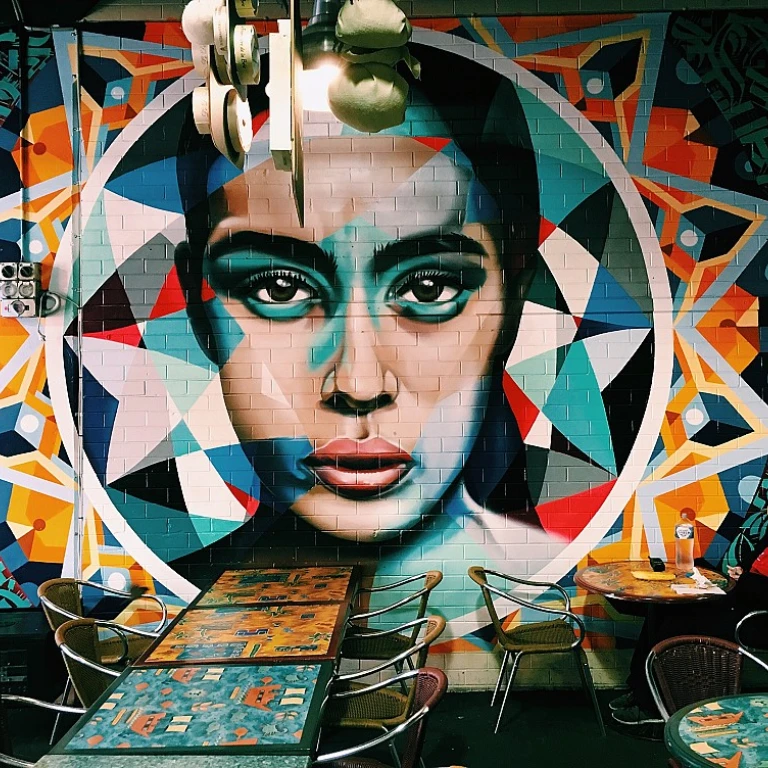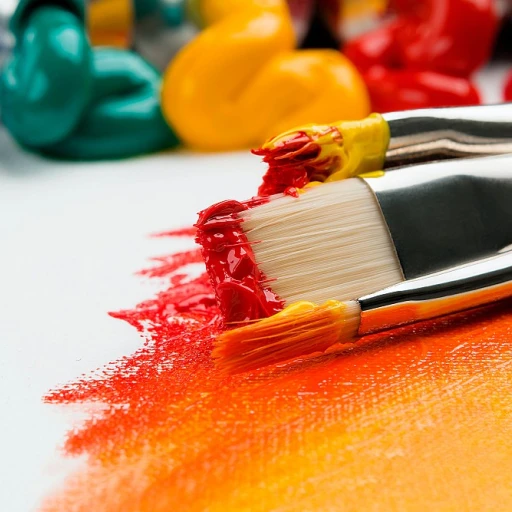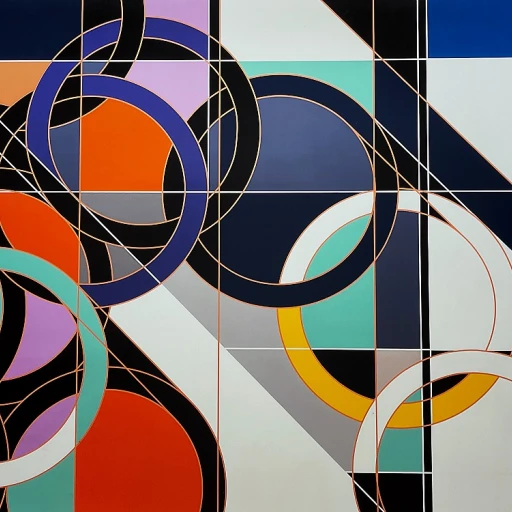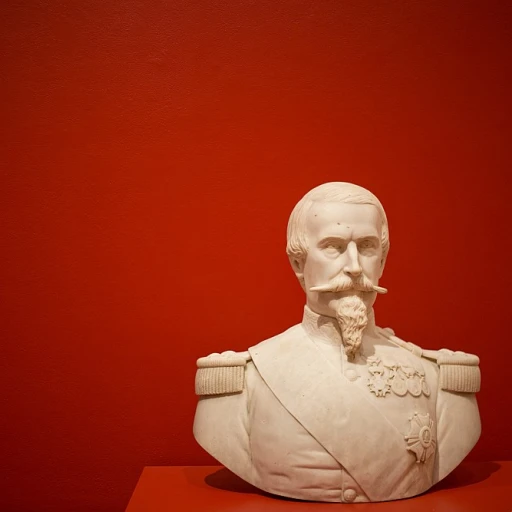The Enduring Appeal of Bronze Sculptures
The Ageless Charm of Bronze Artwork
The allure of bronze sculptures has captivated collectors and investors for centuries. The medium's ability to reflect the nuances of expression and motion gives it a timeless quality, unrivaled by other materials. According to art market trends, bronze works consistently retain their value and, in many cases, appreciate over time. Statistically, the demand for high-quality bronze sculpture has seen a steady increase, with auction houses like Christie's and Sotheby's reporting remarkable sales figures in recent years.
Statistical Glimpse at Bronze Investments
Delving into the numbers, the investment potential for bronze sculptures appears promising. Reports suggest an average annual return on investment (ROI) for well-curated bronze pieces can range from 5 to 8 percent. These figures, however, may soar notably for works by prominent artists like Giacometti or Rodin, whose iconic bronze sculptures have fetched record-breaking sums north of $100 million. It is these statistics that paint a picture of the art form as a viable and potentially lucrative investment.
Understanding the Market Dynamics
To truly grasp the potential of bronze sculptures as an investment, enthusiasts must comprehend the layers of art valuation and authenticity. Market trends indicate that provenance and historical significance play critical roles in influencing a sculpture’s market value. For instance, a bronze sculpture's value escalates significantly when accompanied by a rich history or creation by a recognized master artist. Knowledge about art movements and artist-specific production nuances is crucial for potential investors navigating this sphere.
Investment in Bronze: Triumphs that Set the Benchmark
- An Alberto Giacometti piece, "L'Homme au doigt (Pointing Man),'" sold for an astonishing $141.3 million, highlighting the incredible potential of investment in the right artist and piece.
- "The Thinker" by Auguste Rodin is another example where multiple castings provide a savvy investment path for those seeking to own a piece of this storied sculpture without the price tag of an original.
In summary, these success stories reflect not only the financial gains but also the deep cultural influence and historical wealth that bronze sculptures offer to their owners and society at large.
The Bronze Investment: Analyzing Market Trends and Returns
The Timeless Lure of Bronze in Art Collecting
When it comes to the world of luxury artwork investment, bronze sculptures hold a distinguished position, enchanting collectors with their enduring appeal. The market for luxury bronze sculptures is buoyed by their historical significance and the classic aesthetic that resonates with art aficionados. A striking statistic from the Art Market Research Developments notes that bronze sculptures have seen a consistent rise in value, with an increase of nearly 15% in auction sales over the past decade. This attests to their lasting charm and the solidity they offer in an art collector's portfolio.
The Artistic Merit of Bronze: Beyond Aesthetics
Bronze as a medium has been revered for centuries for its versatility and resilience, qualities highly sought after by collectors and investors alike. Renowned artist Elisabetta Cipriani once said, "Bronze retains the integrity of the creative vision, casting each piece into eternity." The investment value of bronze sculptures is not solely grounded on their robustness but also on their artistic merit. The sublime technique involved in bronze casting illustrates the expert craftsmanship that goes into each piece, offering a narrative of exclusivity and sophistication.
Insight into Bronze's Evergreen Presence in Art Collections
What sets bronze art apart in the ever-evolving art market? It's the medium's extraordinary ability to bridge the past and present, making it a perennial favorite. According to a recent report from the National Fine Arts Title Registry, bronze art pieces account for a significant percentage of registered artworks, indicating their prominent presence in esteemed collections. This evergreen appeal is a guarantee of the timelessness and value of bronze in the fluctuating landscape of luxury art investment.
Why Collectors Gravitate Towards Bronze Investment
- Durability and historical value increase resell potential
- Artistic craftsmanship signifies elevated status in the art world
- Stable market trends lead to a secure long-term investment
A survey by Art Basel and UBS confirms that savvy investors seek art pieces promising both cultural depth and financial gain. This dual benefit is why many gravitate towards bronze investment, demonstrating a discerning eye for potent market opportunities and a passion for the prestige of owning a timeless art form.
Navigating the Complexities of the Bronze Sculpture Sphere
Analyzing Market Trends and Returns in Bronze Sculptures
The investment allure of bronze sculptures has long transcended mere aesthetic appreciation, cementing its status as a lucrative asset in the high-value art market. Notably, luxury artwork collectors have witnessed impressive returns, with some bronze pieces outperforming traditional investments. The fusion of historical reverence and contemporary demand has resulted in a resounding impact on the market. For instance, according to Art Market Research, the index for modern and Impressionist bronzes saw an increase of nearly 16% in recent years, signaling robust health in this niche sector.
Notable Sales and Appreciation Trends:
- Auguste Rodin's 'L'Homme qui marche I'—sold for a record-breaking $104.3 million at Sotheby's, showcasing the immense potential for strategic high-yield investments in bronze sculptures.
- Alberto Giacometti's 'L'Homme au doigt'—another testament to the value retention and growth, setting a precedent with a monumental sale at Christie's for $141.3 million.
Fine-Tuning Investment Strategies in Bronze Art
When curating a portfolio with bronze sculptures, discerning investors prioritize rarity, provenance, and the artist's renown. It's important to consider a blend of historical pieces with modern or post-war artworks to diversify and balance potential risk. "The key to a successful art investment is in-depth market insight and timing," shares a prominent art advisor, emphasizing the need for comprehensive analysis before acquisition. Collectors are advised to track auction results and consult the Mei Moses Fine Art Index to gauge the appreciation rates for sculptures specifically.
Investment Considerations:
- Artistic Significance: A sculpture's impact and place in art history significantly influence its market value.
- Exclusivity: Limited editions and unique castings often command higher prices and desirability.
- Condition: The patina and integrity of the bronze can significantly affect its valuation.
Bronze Sculpture Auction Performance and Predictive Analytics
Advanced predictive analytics are increasingly utilized to understand potential future performance in the art market. According to a study by Maastricht University, using a combination of historical data and machine learning can forecast auction prices with 75% accuracy. For luxury artwork like bronze sculptures, this becomes an indispensable tool for investors looking to capitalize on future trends. While past performance is not indicative of future results, informed predictions elevate investment strategies from mere speculation to educated decision-making.
Forecasting Tools:
- Art Market Reports: Comprehensive overviews by Art Basel and UBS provide vital insight into market conditions.
- Price Databases: Artprice and Artnet offer extensive auction price archives for historical analysis.
- Condition Reports: Detailed assessments ensure investors are aware of any issues that may affect future value.
Case Studies: Success Stories in Bronze
Deciphering the Artistic Enigma
The realm of bronze sculpture investment can often resemble a labyrinth, intricate and daunting for those unacquainted with its nuances. Prospective investors must realize that there's much more to owning a luxury artwork than meets the eye. One must consider the artist's renown, the piece's provenance, and its rarity. These factors directly impact a sculpture's future value. According to recent Artprice statistics, limited edition bronze casts by iconic artists have seen a consistent uptick in demand, substantially affecting their market value.
Establishing Authenticity and Provenance
In the high-stake luxury art market, authenticity is the cornerstone of investment. Acquiring a bronze piece complemented by an unassailable certificate of authenticity can mean the difference between a savvy investment and a costly oversight. The International Foundation for Art Research (IFAR) suggests rigorous vetting of documentation, with statistics highlighting that artworks with impeccable provenance and authentication can fetch premiums of 20% to 50%.
- Certificate of authenticity
- Artist signatures
- Foundry marks
- Historical invoices
Finessing the Fickle Tides of Artistic Trends
Even with a firm understanding of authenticity and documentation, navigating the bronze art market requires an astute sense of emerging trends. Collectors should stay informed about contemporary tastes, as a shift in public sentiment can drastically alter a piece's worth. For instance, Art Market Monitor reports that a recent resurgence in interest for mid-century modern artists has catalyzed a sharp rise in the value of works from that period. To fortify their position, investors may find it beneficial to diversify across various periods and styles.
Pivotal Role of Condition and Conservation
The condition of a bronze sculpture is paramount to its market desirability and, thus, its investment potential. Seasoned collectors know that meticulous conservation can minimize depreciation caused by time-related wear. The International Institute for Conservation states that sculptures maintained in excellent condition are statistically more likely to appreciate in value. Environmental factors like humidity or pollution can irreversibly compromise a sculpture's aesthetic and structural integrity—reasons why expert conservation should never be overlooked.




-teaser.webp)
